What’s Juicing the Market for Weird Fruit? Rosh Hashana, Obviously
Kiwis? Please—what a joke. Pomegranates? Old news. Dragon fruit? So five years ago.
“Everyone and his brother gets a dragon fruit,” said Chaia Frishman, 43 years old, who scours New York this time of year to discover new exotic fruit. “I don’t think it’s a competition. I think it’s more like a challenge.”
Fall delivers a cool weather, crisp leaves and also a spike in the sales of mangosteens, cherimoya and other offbeat fruit. The bonanza is propelled by Rosh Hashana, the two-day celebration of the Jewish new year, where some follow a tradition of trying a new fruit on the second day of the holiday—Tuesday, this year. And as more varieties become available, the quest to find the weirdest fruit has grown fevered, especially in the New York region.
A limited pomegranate crop one year sent demand so high at Brooklyn’s Ouri’s Market that the store limited purchases to one per customer. “People were fighting,” said store president Ilan Galili. “It was $6 a pomegranate, and if you had it, it was better than drugs.”
Loosened U.S. import restrictions over the years have unleashed a fruit avalanche, including jackfruit, which weighs as much as 100 pounds and tastes like pulled pork after cooking; monstera fruit, scaly green, shaped like a cucumber but tasting like pineapple; and tamarind fruit, brown pods that are shucked and taste sweet and sour.
“Some of them are really awful tasting,” said Malki Levine, head of business development for Evergreen Kosher Market in Monsey, N.Y. “We buy them anyway.”
That is because they know they will sell.
“Don’t tell my husband, but I don’t care what it costs. I want something crazy on my table,” said Naomi Nachman, 46, of Long Island. She said she starts searching weeks before the holiday with an annual odd-fruit budget of $50. “It’s not like you look at it and throw it in the garbage,” she said. “You look at it, pray on it and, of course, before the holiday starts you put it on Instagram.”
Rosh Hashana shoppers swarmed the aisles of Gourmet Glatt Emporium on New York’s Long Island on a recent afternoon. Joel Genuth, 30, eyed the fruit warily, wondering what his wife was going to bring home this year.
Typically, it has been something that tastes like a “sour, bitter, unripe kind of goo,” he said. “I don’t mind. It’s adventurous.”
This year’s offering was still undecided, Mr. Genuth said, but “probably whatever looks the worst.”
Aviva Brandsdorfer, 33, said her children generally embraced the new fruits, except the wild-haired rambutans, which frightened them. “My kids refused to eat it,” she said, “because it looked like it was very dangerous.”
They weren’t wrong. “It was actually really gross because they probably weren’t in the right season or I didn’t know how to prepare them,” she said. “We all actually got a little sick.”
The northeast U.S. usually receives 20% to 25% of the nation’s exotic fruit, according to one distributor; around Rosh Hashana, that edges closer to 70%.
Exotic fruit sales in 2014 grew more than 500% compared with the same week the previous year at Baldor, a specialty produce company based in New York, according to senior buyer Patrick Ahern.
“Every single year, the orders seem to go up,” he said, “and the variety of fruit people are asking for seems to broaden.”
Karen Caplan, who runs the California-based Frieda’s Specialty Produce, said stores this time of year compete over “who’s got the newest and the weirdest.”
Zeke Kreitner, produce manager at Seasons Kosher grocery, a New York-area chain, said he figures, “If I’ve never seen it, then maybe they’ve never seen it.” This year’s offerings include soursop, a spiky green fruit with a fleshy white interior, $10 a pound.
His first thought when he opened the box: “It looks weird.” Perfect.
“The manager of the store said, ‘Who in their right mind is going to buy it?’ ” Mr. Kreitner said. “I’m like, ‘Don’t worry about it. Just put it out.’ ”
Demand has forced farmers and distributors to extreme lengths. This year’s crop of red dragon fruit was gone weeks before Rosh Hashana. One desperate customer pleaded, “‘You know I will pay whatever it takes,’” recalled Maria Alejandra Gutierrez, chief executive of Terra Fresh Foods, based in Miami and Spain. But their dragon fruit farmer refused to hunt for any left in the fields.
Ms. Gutierrez said she hired her own five-person crew to scour the 30-acre Florida farm, “which is ridiculous.” Normally, such a crew would harvest 700 to 1,000 boxes. By the end of the day, her team filled almost 20, and the price tripled to $65 a box.
Monstera fruit was an even bigger challenge this year, Ms. Gutierrez said. The plants were picked clean weeks ago. The scaly fruit—“like a stick with scales,” she said—grows wild along the road and on residential properties near Ms. Gutierrez’s farm in Redlands, Fla.
Baldor, the New York specialty produce buyer, had ordered 80 boxes for Rosh Hashana. So Ms. Gutierrez had workers drive around Redlands and knock on doors where they saw the wild fruit growing in yards.
“People are usually very nice about it,” she said. The crew scraped together a dozen boxes.
Since the Jewish calendar is based on the moon, the Rosh Hashana holiday shifts around the Western calendar every year, which makes it tough to predict what fruits will be available. Last year’s big sellers don’t always help grocers with orders: People may have loved or loathed the first-time fruit.
Ziggi Kohn, purchasing manager for Gourmet Glatt, the kosher grocery chain, loses sleep in the weeks before Rosh Hashana. He tracks the progress of different fruits by phone with more than 10 importers. Alerts come at all hours. Stores that wait until morning to order are often too late. “I’m always trying to get my hands on it before anybody else gets it,” he said.
And whatever doesn’t sell by the Jewish new year?
“I can’t give it away,” he said.

















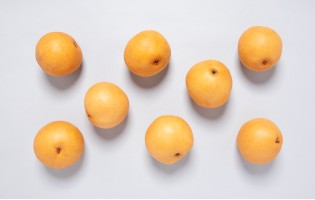
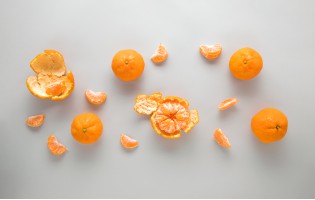
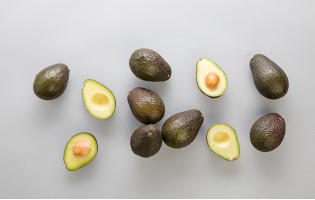
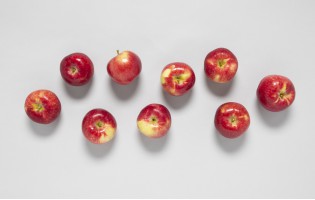





































































































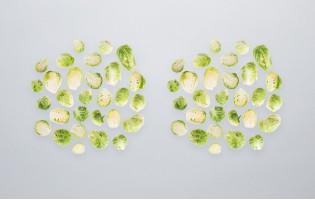












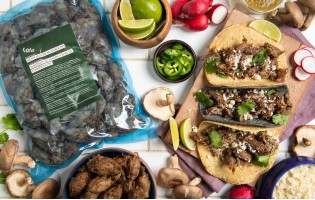




















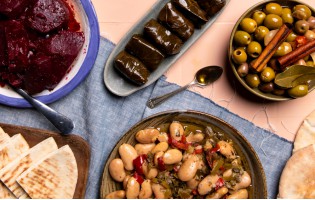





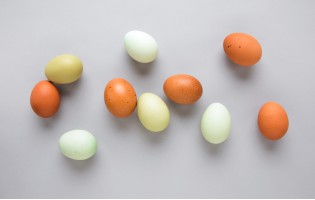




















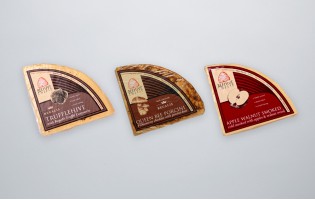

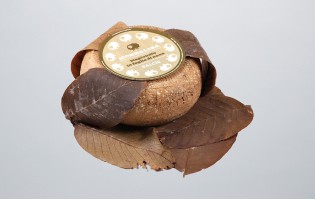































 Fruits
Fruits  Organics
Organics  Vegetables
Vegetables  Fresh Cuts
Fresh Cuts  Meat & Poultry
Meat & Poultry  Grocery
Grocery  Dairy
Dairy  Cheese
Cheese  Bakery
Bakery  Seafood
Seafood 